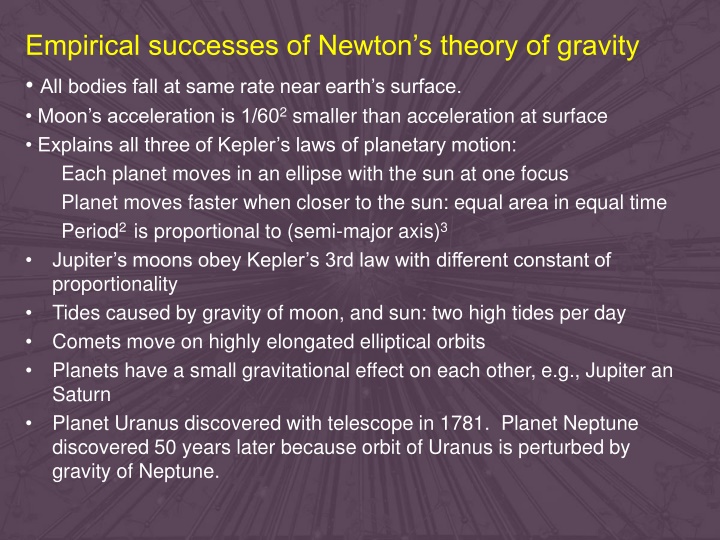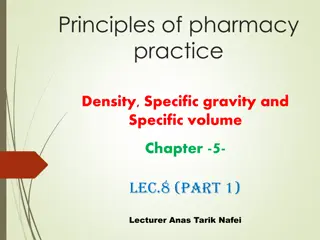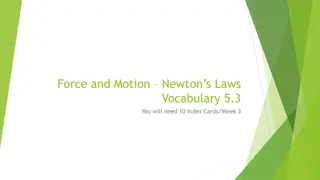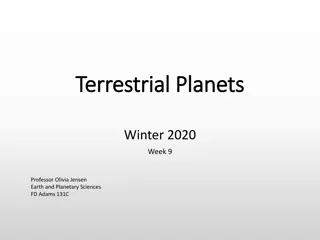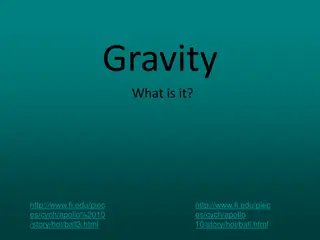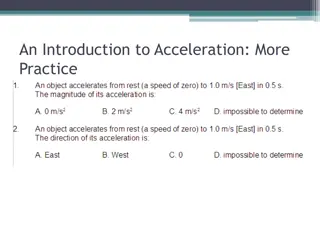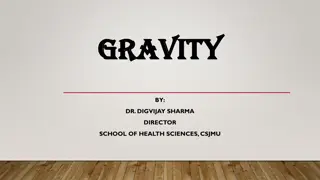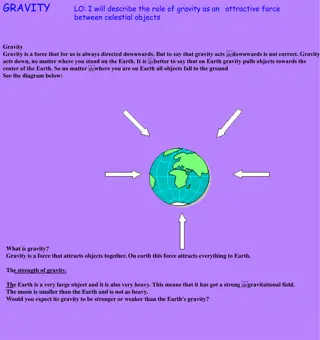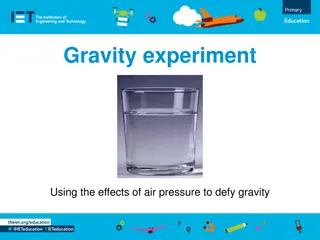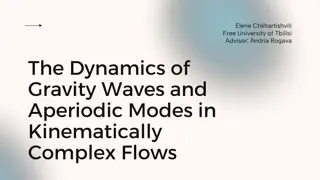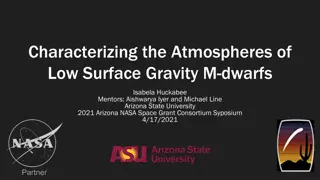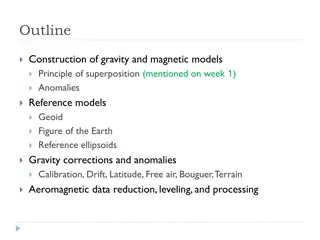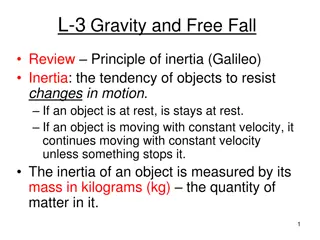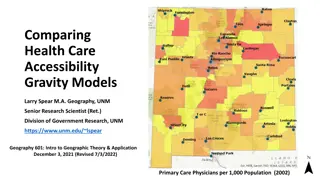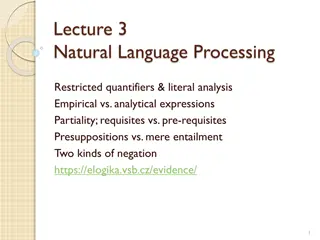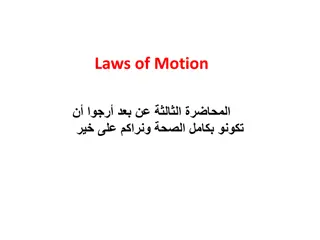Empirical Successes of Newton's Theory of Gravity
Newton's theory of gravity has been empirically validated through observations such as the uniform rate of falling bodies, explanation of Kepler's laws of planetary motion, discovery of new planets, influence on tides, and more. These findings illustrate the depth of understanding achieved by Newton in explaining fundamental aspects of celestial mechanics.
Download Presentation

Please find below an Image/Link to download the presentation.
The content on the website is provided AS IS for your information and personal use only. It may not be sold, licensed, or shared on other websites without obtaining consent from the author.If you encounter any issues during the download, it is possible that the publisher has removed the file from their server.
You are allowed to download the files provided on this website for personal or commercial use, subject to the condition that they are used lawfully. All files are the property of their respective owners.
The content on the website is provided AS IS for your information and personal use only. It may not be sold, licensed, or shared on other websites without obtaining consent from the author.
E N D
Presentation Transcript
Empirical successes of Newtons theory of gravity All bodies fall at same rate near earth s surface. Moon s acceleration is 1/602 smaller than acceleration at surface Explains all three of Kepler s laws of planetary motion: Each planet moves in an ellipse with the sun at one focus Planet moves faster when closer to the sun: equal area in equal time Period2 is proportional to (semi-major axis)3 Jupiter s moons obey Kepler s 3rd law with different constant of proportionality Tides caused by gravity of moon, and sun: two high tides per day Comets move on highly elongated elliptical orbits Planets have a small gravitational effect on each other, e.g., Jupiter an Saturn Planet Uranus discovered with telescope in 1781. Planet Neptune discovered 50 years later because orbit of Uranus is perturbed by gravity of Neptune.
We have now completed our whirlwind overview of Newton's theory of motion and gravity and the empirical evidence that supports this theory. What did you learn that most surprised you?
